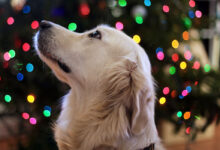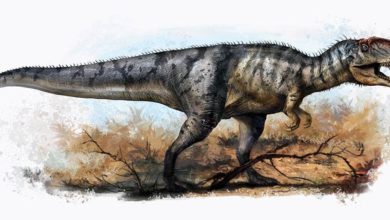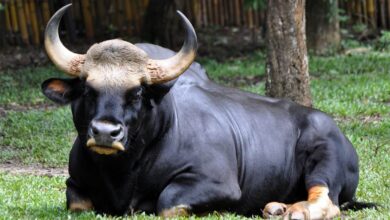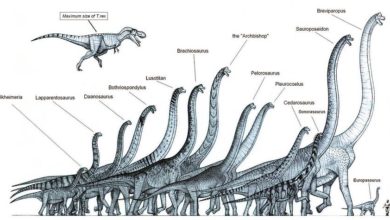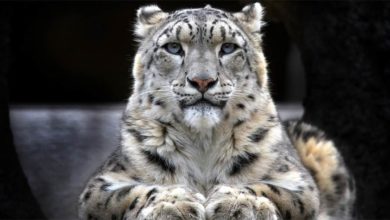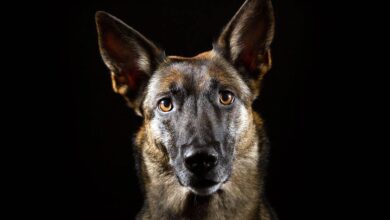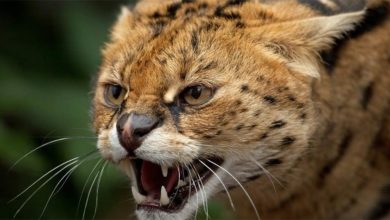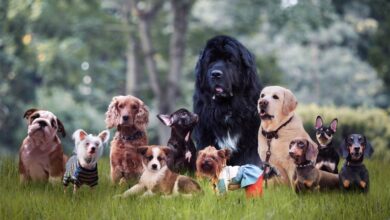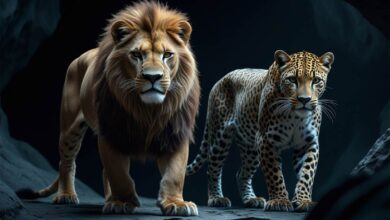Cavalier King Charles Spaniel
Dog breeds
Cavalier King Charles Spaniel is a ducal dog breed with a beautiful fur and faithful, loving gaze. Although they are essentially royal dogs whose history reaches royal courts, unfortunately they are not resistant to health problems they encounter.
FCI classification
- Group 9 – Companion and Toy dogs
- Section 7 – English Toy Spaniels
- Without working trial.

There are four color variations:
- Blenheim – chestnut patches evenly divided on a pearly white ground. There are symmetrical chestnut marks on the top of the head. Between the ears there are a lozenge mark which constitutes the breed’s characteristic feature.
- Black and tan – whole black ground with tanned patches above the eyes, on the cheeks, on the lining of the ears, on the chest and under the tail. White marks are considered a fault.
- Ruby – the whole body is rich chestnut red. The white marks may occur. This is highly undesirable color variation.
- Tricolor – equally divided black and white patches. There are tan markings above the eyes, on the lining of the ears, on the inner side of the paws, under the tail and on the cheeks.
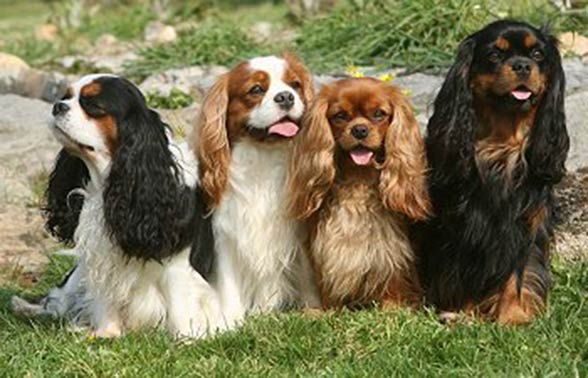
The history of the breed
In the beginning of the 18th century, John Churchill, 1st Duke of Marlborough, owned white and red spaniels, which he used during hunting. He wrote down that they were able to keep the pace of the trotting horses. The Duke’s mansion was called Blenheim (in honor of the victory in the Battle of Blenheim). This is what the red and white variation of Cavalier King Charles Spaniel was named after.
At the turn of the 20th century there were attempts to recreate the original appearance of those spaniels using Toy Trawler Spaniels which have already become extinct now. These attempts were documented by Judith Anne Dorothea Blunt-Lytton, 16th Baroness Wentworth in the book Toy Dogs and Their Ancestors Including the History and Management of Toy Spaniels, Pekingese, Japanese and Pomeranians published in 1911.
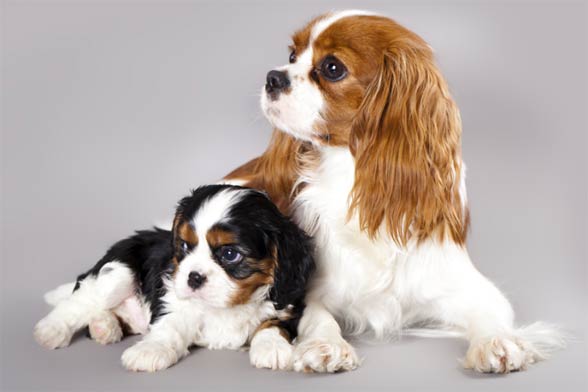
Appearance
He was destined to be a human’s companion and to entertain. This is why it could not be big – it was supposed to fit in the arms or sit on the laps of its owner. Moreover, is was important that it was friendly towards people.
Fully grown adults are similar in size to the adolescents of larger spaniel breeds. Their height at shoulders achieve usually from 30 to 33 cm (12 to 13 in) and they weigh from 4.5 to 8.2 kg (10 to 18 lb). Their tails are not being cut.
The fur is soft and relatively long. It may curl at the endings, however when it comes to show dogs, curls are permissible only on the ears, paws and tail.
Cavalier King Charles Spaniel is often confused with King Charles Spaniel breed (American English Toy Spaniel). Both of the breeds have the same history. The differences appeared about 100 years ago. The dimensions constitute the biggest one – King Charles Spaniel weighs only 4.1 to 5.4 kg (9 to 12 lb). Their facial features and a body structure are different as well. Cavalier King Charles Spaniel’s ears are located higher, head is more flattened and muzzle is longer while King Charles Spaniel has a domed head and a short muzzle.

Temperament
Cavalier King Charles Spaniel is joyful, affectionate, very patient and helpful what makes it great with children and other dogs. It is not afraid of big dogs, it is able to adapt to different places and families. It constitutes a great choice for the people who already own some pets as soon as they are well trained. It may be a companion to children as well as to the elderly. It is curious and gay, moreover it likes being hugged and near its owner, on the pillow or on its lap. It is then suitable for medical patients or the elderly.
It is active and sporting. It has an instinct to chase, therefore it may chase the cars and not be very suitable for the street. It does not make a good guard dog as it tends to be friendly toward strangers. It has a strong hunting instinct so it may endanger birds or small animals. It is worth training through a contact with rodents, for example hamsters or gerbils.
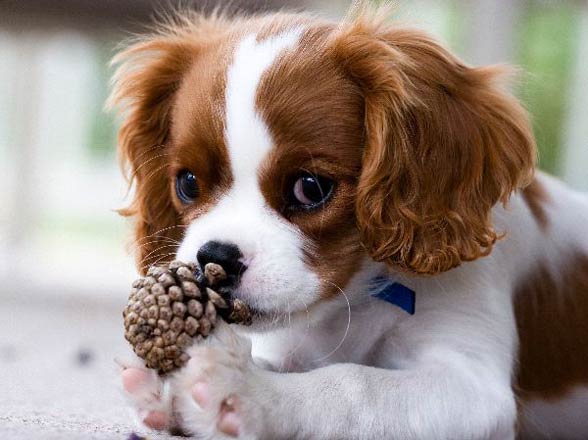
Health
Cavalier King Charles Spaniels are prone to serious diseases, including the genetic disorders, including mitral valve disease (heart failure), painful syringomyelia, hip dysplasia, patellar, luxation, vision disorders (cataract, retinal dysplasia) and hearing disorders.
Today’s Cavalier King Charles Spaniels all descend from only six dogs. Therefore, any inheritable disease can be passed on to future generations. This phenomenon is called the founder effect and may be responsible for aforementioned heart failures.

Detailed information / size
Cavalier King Charles Spaniel
- Height at shoulders: 30 to 33 cm (12 to 13 in)
- Weight: 5.4 to 8.2 kg (12 to 18 lb)
- Life span: 9 to 14 years (typically 10 to 11 years)
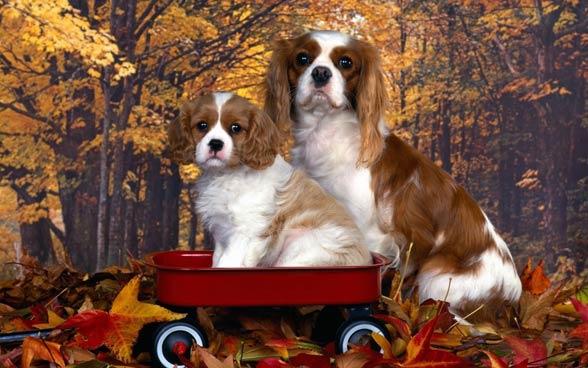
Cavalier King Charles Spaniel – curiosities
- A characteristic marking on the top of its head is called “the Duchess Thumb Print”. According to the legend, the Duchess of Marlborough Sara Churchill, pressed the head of an expecting female Cavalier with its thumb while waiting for her husband coming back from the battle of Blenheim. As a result, five puppies with such a marking were born. At the same time, the Duchess got the news about the victory.
- Cavalier King Charles Spaniel is one of the biggest among the miniature breeds.
- The breed was ranked 44th in the Stanley Coren’s ranking of intelligence and obedience
- Almost all dog breeds are prone to mitral valve disease, which causes heart murmurs leading to heart failure. The UK Kennel Club carried on the research which indicated that 42,8% of death were caused by the heart diseases.






